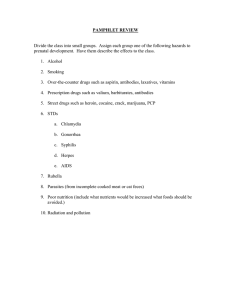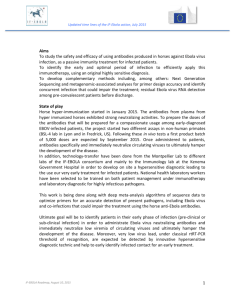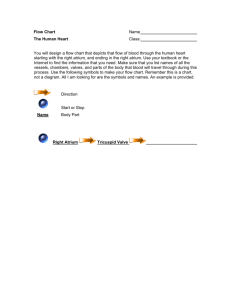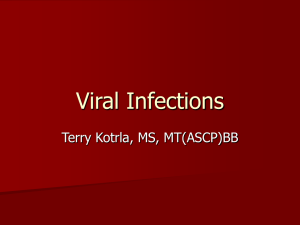ANP214Winter06Reviewquestions2.doc
advertisement
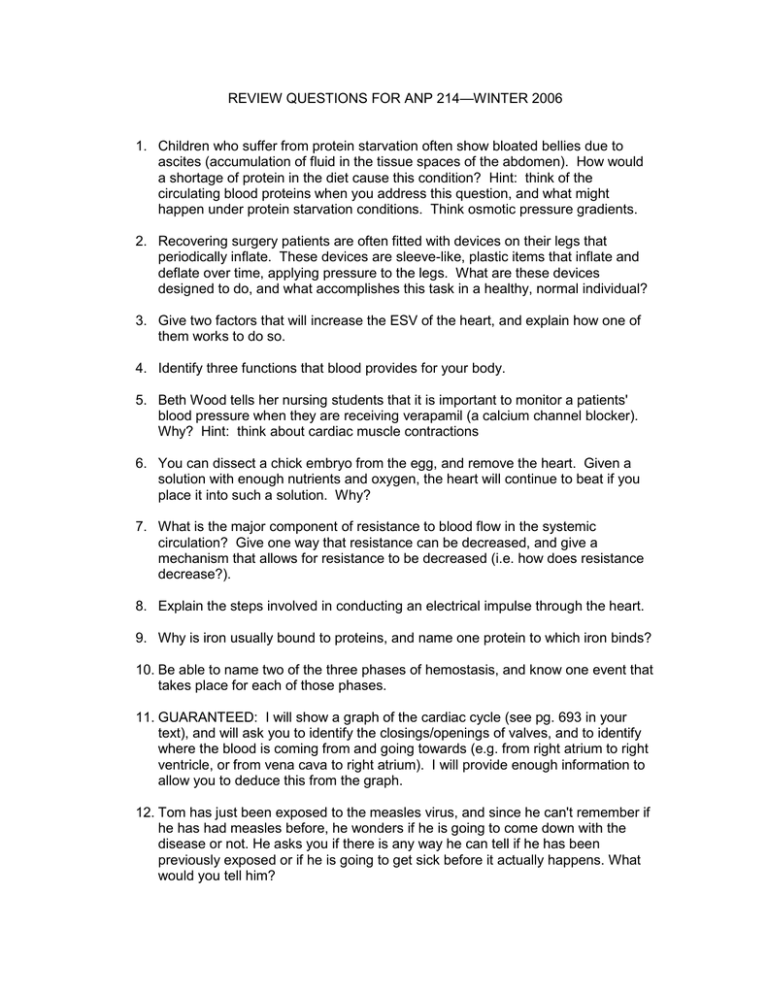
REVIEW QUESTIONS FOR ANP 214—WINTER 2006 1. Children who suffer from protein starvation often show bloated bellies due to ascites (accumulation of fluid in the tissue spaces of the abdomen). How would a shortage of protein in the diet cause this condition? Hint: think of the circulating blood proteins when you address this question, and what might happen under protein starvation conditions. Think osmotic pressure gradients. 2. Recovering surgery patients are often fitted with devices on their legs that periodically inflate. These devices are sleeve-like, plastic items that inflate and deflate over time, applying pressure to the legs. What are these devices designed to do, and what accomplishes this task in a healthy, normal individual? 3. Give two factors that will increase the ESV of the heart, and explain how one of them works to do so. 4. Identify three functions that blood provides for your body. 5. Beth Wood tells her nursing students that it is important to monitor a patients' blood pressure when they are receiving verapamil (a calcium channel blocker). Why? Hint: think about cardiac muscle contractions 6. You can dissect a chick embryo from the egg, and remove the heart. Given a solution with enough nutrients and oxygen, the heart will continue to beat if you place it into such a solution. Why? 7. What is the major component of resistance to blood flow in the systemic circulation? Give one way that resistance can be decreased, and give a mechanism that allows for resistance to be decreased (i.e. how does resistance decrease?). 8. Explain the steps involved in conducting an electrical impulse through the heart. 9. Why is iron usually bound to proteins, and name one protein to which iron binds? 10. Be able to name two of the three phases of hemostasis, and know one event that takes place for each of those phases. 11. GUARANTEED: I will show a graph of the cardiac cycle (see pg. 693 in your text), and will ask you to identify the closings/openings of valves, and to identify where the blood is coming from and going towards (e.g. from right atrium to right ventricle, or from vena cava to right atrium). I will provide enough information to allow you to deduce this from the graph. 12. Tom has just been exposed to the measles virus, and since he can't remember if he has had measles before, he wonders if he is going to come down with the disease or not. He asks you if there is any way he can tell if he has been previously exposed or if he is going to get sick before it actually happens. What would you tell him? 13. The HIV virus selectively affects certain cells. What type of cells are these, and why is this such a problem? What happens as a result of these cellular infections? 14. What are the differences in immune responses to bacterial vs. viral infections? Why would these differences make sense? 15. How are antibodies structured? What is it about their structure that adds to the versatility of the immune system? What are three mechanisms by which antibodies can act (i.e. how can antibodies eliminate disease organisms)?
